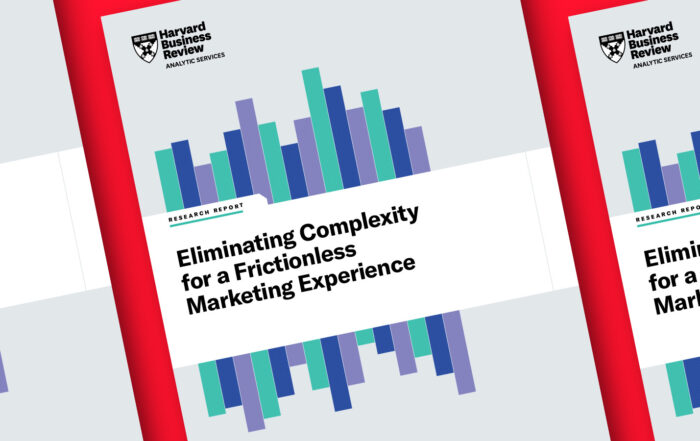Can inefficiency really cost businesses 20% to 30% in revenue?
Are your content production teams and resources as efficient as they can be? Probably not. As the demand for content amps up, these inefficiencies not only waste time and resources, but also hinder company growth.
Inefficiencies are caused by process issues, or by fundamental philosophical and structural problems inside your organization. Either way, they need to be eliminated. As a marketing leader, it’s your job to recognize these inefficiencies, how they’re holding the team back and how you can overcome them.
Eradicating relentless process problems
Process breakdowns are generally the easiest inefficiencies to identify because they have an immediate and noticeable impact (like delayed projects). But that doesn’t mean they’re easy to solve. Loopbacks, redundancies and bottlenecks in the creative development process often stem from a disconnect between workflows, systems and the true needs of your business.
The reality: Brands can get stuck doing things “the way we’ve always done them,” and the emotional attachment and investments made in legacy systems create an aversion to change. Mismatched technology systems can also lead to messy handoffs within project development, another critical source of inefficiency.
How to solve:
- Step back and audit your workflows to identify opportunities to optimize.
- Put the right people in the right roles. Develop a communication workflow to close gaps.
- Invest in the proper technology and tools. Automate more of your processes, eliminating manual work and human error.
- Prioritize system integrations to improve data exchange, make handoffs more efficient and ensure all parties have the information they need to be productive.
Constant maze of content creation
Some marketing departments are fundamentally structured for inefficiency. Plain and simple.
If you have different teams working on each marketing channel (one for print, one for digital, one for social media, etc.), STOP! You are inherently limiting the efficiency of your operation.
The reality: A channel-first approach creates silos, inhibiting collaboration and efficient use of resources. Likewise, too many agency partners without a clear process for bringing work together cohesively results in inconsistency and limits a quality brand experience. Expect rework, slowdowns and lackluster speed to market for creative assets.
How to solve:
- Take a content-first approach to all creative development. Create and capture all assets you’ll need for all channels at the same time, saving time and resources.
- Plan early to develop a clear strategy and define all content once. Create, shoot, and write content for all media.
- Document a deployment strategy across all channels.
- Don’t forget about quality content you’ve already created. Audit and inventory what you have, organize assets logically and refresh, resurface and rejuvenate.
Misdirection of an unclear vision
When marketing plans don’t line up across the organization, you’re guaranteed to have two common issues:
- One mission, multiple plans. When marketing team members agree on objectives, but not on one plan to get there, teams at various levels of the organization operate differently. When that happens, it leads to unnecessary, duplicate, or inefficient work.
- Too much focus on the “what” and not the “why.” If you’re asking “what” needs to be produced more than “why,” it’s a signal the team is focused on production deadlines and has likely lost focus on the brand.
The reality: Either scenario could have significant repercussions for your business.
How to solve:
- Get buy-in from all stakeholders at the beginning to improve brand consistency, agility, and collaboration.
- Start all meetings by tracking how the project is aligning with the end goal.
Focus on brand, rely on an expert
Content operations is a huge part of the larger brand experience. An example: product photography and copywriting descriptions can add up to months of tedious work.
The reality: Many brands, specifically retail companies and CPGs, were not built for content creation. It’s not in their DNA to write, shoot photos and video, manage social media, or design ecommerce platforms. Trying to manage all this in-house or by using multiple vendors hinders efficiency. It’s also a sure way to lose focus on core competencies.
How to solve:
- Use specialists who are more efficient and consistent (and potentially less expensive) than your current in-house solution.
- Consolidate multiple agencies into a single agency that offers a full suite of services. This will simplify content development and make more time to focus efforts on your brand and what makes it unique. Staying true to who you are as a company and delegating work results in getting content to market faster and ultimately achieving savings along the way.
Reducing inefficiency is difficult, but it’s also critical for the long-term health of your brand. Step outside of everyday problem-solving and worry about what is next for the brand and the business.



